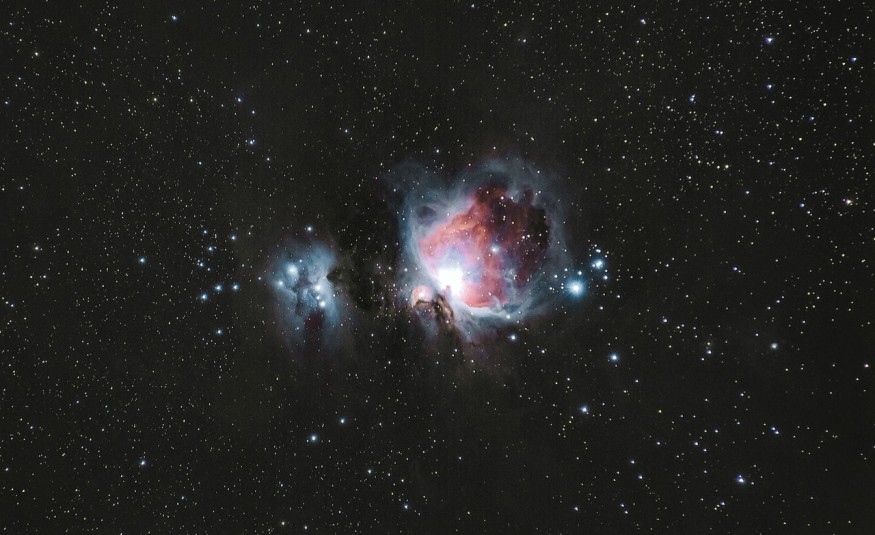After numerous attempts, scientists have just recreated the first state of matter that appeared post-Big Bang by smashing lead particles at almost the speed of light.
The result of the experiment was a primordial state of matter named 'quark-gluon plasma'. Despite lasting for less than a second, it is the first time scientists were able to probe the Newtonian fluid's liquid-like characteristics. The experiment showed that the plasma is less resistant to flow than any other substance we know of. This can also help researchers determine how the QGP could've evolved during the juvenile stages of the Universe.
Quark-Gluon Plasma Explained

Right after the Big Bang, at a millionth of a second, the universe was consumed by an incredibly dense plasma. It was immensely hot that no nuclei or nuclear particles could exist. According to Physics Central, the plasma that consisted of the universe was made up of quarks, or particles that consisted of elementary particles, nucleons, and gluons that carry force between the quarks.
CERN explains that gluons, on the other hand, are particles that are exchanged by quarks as they interact or mediate the strong, attractive forces between quarks. Plasma is an ionized gas. But unlike the plasma we see as lightning bolts, quark-gluon plasma consists of exotic particles. Additionally, the interaction between quarks and gluons is not typical to other particles; they attract each other more strongly, in low temperatures and densities, as they separate, which explains why free quarks aren't found in nature.
Evolution of the Universe and the Recreation of Quark-Gluon Plasma
In a study published in the journal Physics Letters B, entitled "Measurements of mixed harmonic cumulants in Pb-Pb collisions..." scientists were able to recreate the primordial state of matter, quark-gluon plasma.
You Zhou, co-author and associate professor at the Niels Bohr Institute, University of Copenhagen, Denmark, explains that the conducted study gives insight into the evolution of the quark-gluon plasma. Eventually, researchers hope that the recreation of QGP could suggest how the juvenile Universe evolved in a microsecond after the Big Bang.
After the Big Bang explosion, the Universe was believed to be a primordial soup of energy before expanding during the period of inflation that allowed the Universe to cool down and let matter form.
The first to emerge from the wreckage is known to be the quarks and gluons. As the Universe begun to cool further, the particles from subatomic particles known as hadrons, some of which are known as neutrons and protons.
Scientists recreated the primordial stew at the largest atom smasher in the world, the Large Hadron Collider on the border of Geneva, Switzerland. The team smashed heavy atomic nuclei at high speeds in order to create small fireballs that could efficiently melt particles into their primordial forms at a fraction of a second.
Science Alert reports that the recreated plasma lasted for only 10E-13 of a second. Researchers utilized computer simulations from data collated from the A Large Ion Collider Experiment to identify the properties of the matter, how it changed in an instant, and how it condensed into hadrons.
Check out more news and information on the Universe on Science Times.
© 2026 ScienceTimes.com All rights reserved. Do not reproduce without permission. The window to the world of Science Times.












